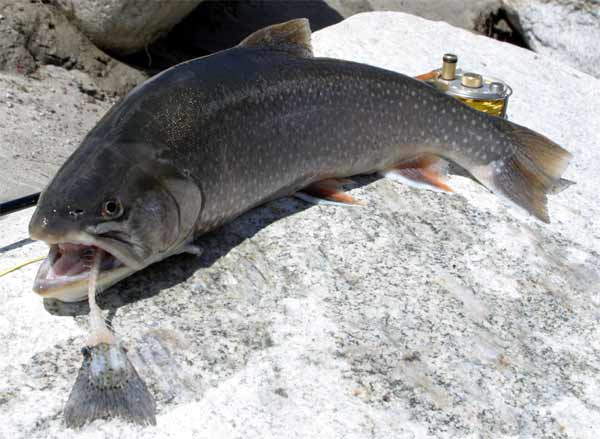Facts About Arctic char
The Arctic char, or Arctic charr, is a remarkable cold-water fish belonging to the Salmonidae family. It inhabits alpine lakes and the frigid coastal waters of the Arctic and subarctic regions. This species is unique as it is the only freshwater fish that survives as far north as the Arctic. Arctic char exhibit a wide range of colors, sizes, and forms, with some individuals exceeding 20 pounds in weight.
Carl Linnaeus originally classified the Arctic char under the salmon genus Salmo, naming it Salmo alpinus. The species is closely related to both salmon and lake trout. In North America, scientists have identified three subspecies of Salvelinus alpinus. This fish is renowned for its varied appearances, with distinct forms occurring throughout its range. Arctic char spawn between September and November. During this period, males develop distinctive features, and females lay thousands of eggs.
The diet of Arctic char varies with the seasons, including insects, salmon eggs, crustaceans, and smaller fish. Since the late 1970s, substantial research has been devoted to farming Arctic char. Countries such as Canada, Iceland, Estonia, Norway, Sweden, Finland, West Virginia, and Ireland have all participated in these efforts. The objective has been to develop Arctic char as a viable alternative to rainbow trout, resulting in the establishment of commercial breeding stocks.
In terms of culinary use, commercially farmed Arctic char typically weigh between 2 and 10 pounds. Their flesh is fine-flaked and medium-firm, with a flavor that offers a delightful blend of trout and salmon. Programs like the Monterey Bay Aquarium Seafood Watch have recognized farmed Arctic char as an environmentally sustainable choice.

 Russia
Russia